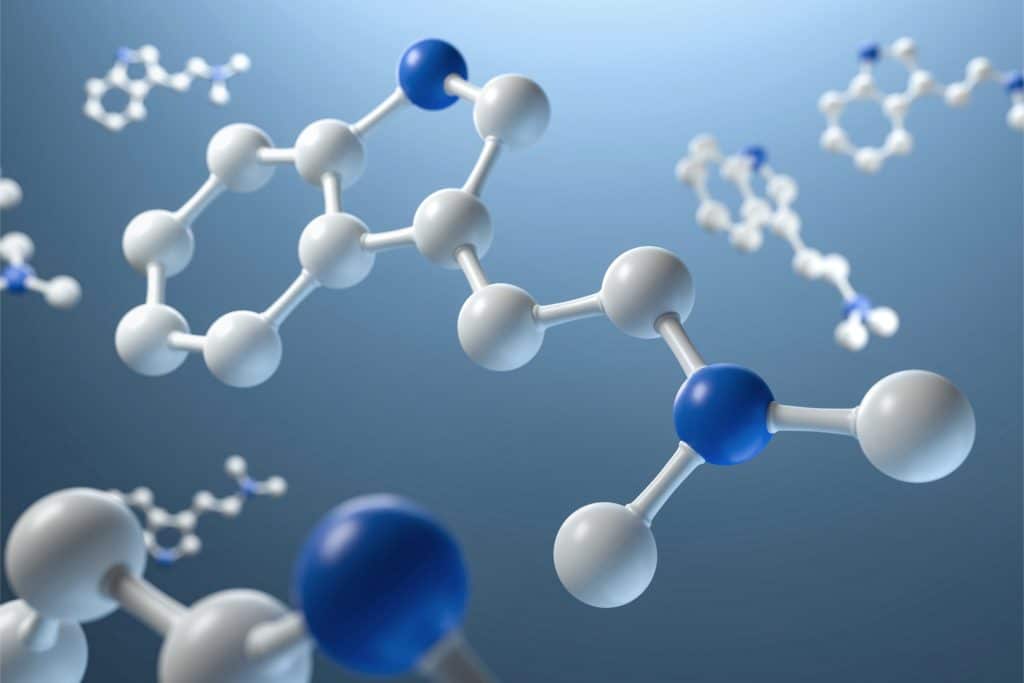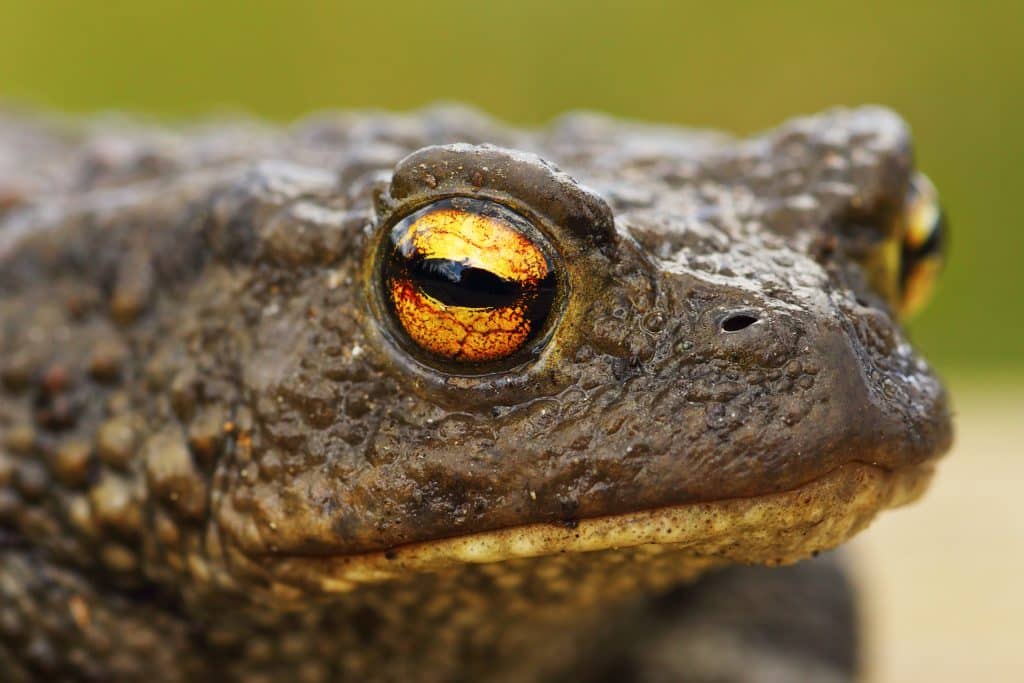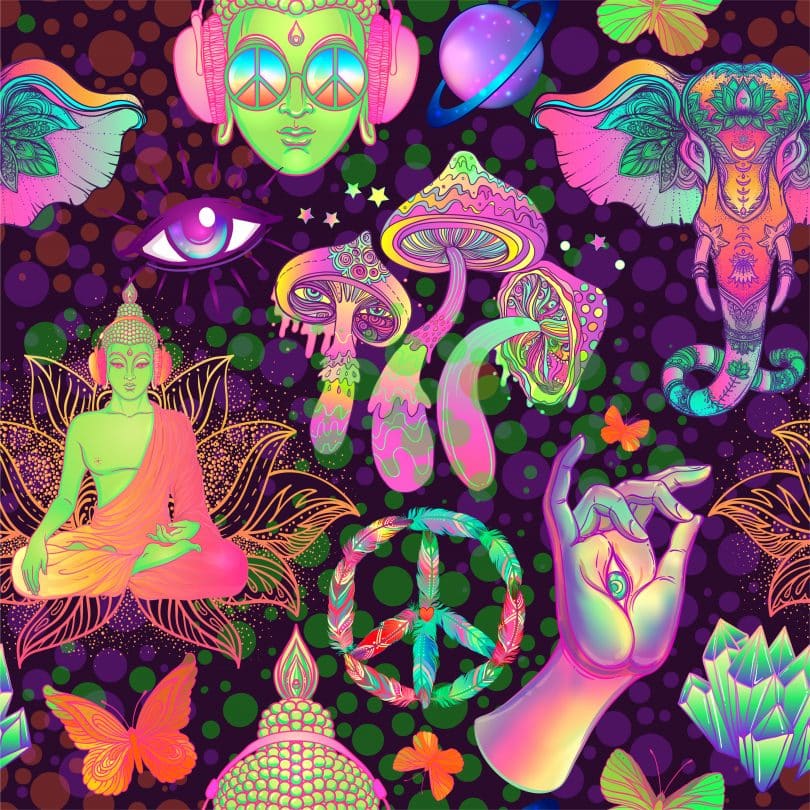As psychedelics gain steam, getting closer to legalization in the US, interest has picked up in all kinds, whether lab-made like LSD, or nature-made like DMT. In so doing, it’s become apparent just how many entheogenic options there are. Take DMT, for example. Sure, it’s one half of ayahuasca, which comes from a plant, but another form comes from a toad, and yet another from sponge fish. With DMT, there are several options, and users can pick their poison.
DMT options abound in nature, and you can find the compound and its derivatives in tons of places. Take your pick! We’re a news publication focusing on the psychedelics and cannabis fields, and everything going on within. Stay with us by subscribing to The Cannadelics Weekly Newsletter, and put yourself in first place for all new product promotions, as they become available to the public.
What is DMT?
DMT – or N,N-Dimethyltryptamine, is a psychedelic hallucinogenic compound. Unlike fellow psychedelics LSD and MDMA, it’s found in nature, and is in plants like Psychotria viridis, which is one half of ayahuasca. DMT is processed into a white powder that is vaporized or smoked, brewed into a drink like ayahuasca, snorted like cocaine, or injected. Throughout history it’s been used in medicinal, ritualistic, and spiritual applications, in different time periods, and in different cultures. Trips are short, lasting anywhere from 10-90 minutes.
DMT is similar to other psychedelics in that its serotonergic, meaning it has a strong effect on serotonin receptors, especially 5HT2A. It exerts strength as a non-selective agonist at all (or most of) these receptors. DMT causes hallucinations which are sensory experiences that aren’t actually there, like hearing, seeing, feeling, smelling, or tasting something that doesn’t exist. Like other psychedelics, its also associated with euphoria, well-being, feelings of connection and spirituality, altered cognition, and bringing on life-changing experiences.
One of the most popular applications of DMT is as ayahuasca, in which DMT is one half of the concoction. Ayahuasca is a brewed drink made by mixing DMT with the Banisteriopsis caapi vine in order for the MAO inhibitors in Banisteriopsis caapi to stop the DMT from breaking down so quickly. Because of this, trips last much longer, more like 4-6+ hours. The use of DMT this way dates back at least 1,000 years (though probably longer), as evidenced by a pouch found in southwestern Bolivia’s Sora River Valley, which contained both DMT and harmine (another MAOI), which produce ayahuasca together.

In 1931, Canadian chemist Richard Manske synthesized DMT for the first time. It wasn’t found in a plant until microbiologist Oswaldo Gonçalves de Lima located it in a plant in 1946. That it caused hallucinations took even longer to establish, and that happened when Stephen Szara, a Hungarian chemist and psychiatrist, took the DMT he extracted from a Mimosa hostilis plant.
It’s believed by some that the human body can create DMT in the pineal gland of the brain. The predominant thought is that this happens when approaching death in order to calm down the brain from death anxiety. It is currently undergoing trials for use with treatment-resistant depression.
DMT options – you’ve got plenty!
When it comes to drugs, we often lump a bunch together, even though they’re not exactly the same. Take the term ‘THC’ for example. It doesn’t actually refer to only delta-9 THC, but actually refers to several different compounds that have the same chemical formula, but different molecular structures. It’s a similar situation with DMT. There are different DMT options based on different derivatives, and these different options are very similar, but can cause different effects for the user.
DMT actually refers to N,N-DMT, which is found in plants like Psychotria viridis, Mimosa tenuiflora, and Diplopterys cabrerana. In all of these cases, it’s the primary psychoactive alkaloid. It’s a minor alkaloid in other plants like the bark pods and beans of the Anadenanthera peregrina and Anadenanthera colubrina plants. It’s also a minor alkaloid of virola bark resin, but this involves another form of DMT as well. If you noticed, I didn’t say anything about toads right now, and that’s because toad DMT is a different kind of DMT.
When dealing with toads, and the ever-growing popularity of getting high off these slippery creatures, the kind of DMT we’re speaking about is different. In toads, its called 5-HO-DMT, or bufotenine (5-hydroxy-N,N-dimethyltryptamine). Bufotenine, much like all other similar forms, is considered a ‘DMT derivative’, so its not the same DMT that’s in the plants listed above, but closely related. It’s also an alkaloid, like regular DMT, and its found in toads like the Colorado River Toad (aka Sonora Desert Toad, or Incilius alvarius), as well as other mushrooms and plants. This kind of DMT was isolated and named during WWI by Handovsky, an Austrian chemist, from a sample taken from a toad.
Yet another of the DMT options besides the two just listed is 5-MeO-DMT (5-methoxy-N,N-dimethyltryptamine), which is also found in various plant species, and is also secreted by the Colorado River Toad, along with bufotenine. This form of DMT was synthesized for the first time in 1936, and is found in Anadenanthera peregrina seeds as well as Virola theiodora, along with regular DMT. In 2018, the research study A Single Dose of 5-MeO-DMT Stimulates Cell Proliferation, Neuronal Survivability, Morphological and Functional Changes in Adult Mice Ventral Dentate Gyrus showed that this kind of DMT promotes neuroplasticity.

It is sometime said that 5-MeO-DMT creates a more intense high than the other forms of DMT, but this could be related to subjective experience. The difficulty in assessing something like this, is that the same exact compound can produce varying effects at different times, and the effects we’re talking about have to do with distorting perception. For the most part, DMT and its derivatives are associated with the same kind of high and hallucinations, but frequent users can give more specific information about the variability they experienced between them.
Where does DMT come from?
This is where it becomes a little tricky, and when we need to remember that chemical relationships are found between different types of plants. For example, a couple more compounds that are actually derivatives of DMT are O-Phosphoryl-4-hydroxy-N,N-DMT, which we know as psilocybin, and 4-HO-DMT, which we refer to as psilocin. These are the two hallucinogenic components of magic mushrooms. When we talk of magic mushrooms, we usually separate them from DMT, but in reality, the main psychedelic compounds of these fungi, are derivatives of DMT.
Other derivatives are found elsewhere in nature, like sponge fish, which contain 5-Bromo-DMT (5-bromo-N,N-dimethyltryptamine). The reason for the connection between these different derivatives, is because they are all ‘DMT derivatives’, which means they are also ‘tryptamine derivatives’, which puts them in the grouping of ‘tryptamines’. Though ‘tryptamine’ isn’t an official drug class, it unofficially is the home of many compounds that are all agonists at 5HT2A receptor sites, and is the main reason that these different drugs produce hallucinations.
What makes these connections even more interesting? Tryptamines are all derived from tryptophan, an amino acid. What does this sound very close to? L-tryptophan. If you’re wondering why that word sounds familiar, but you can’t quite put your finger on it, L-tryptophan is the amino acid in meat that makes people relaxed and tired. It’s most associated with turkey and Thanksgiving, and people getting very sleepy after their big meal.
That’s because L-tryptophan is associated with serotonin production, which is related to sleep. Whether L-tryptophan from meat actually makes a person tired or not is debatable, but the more interesting aspect, is in how the amino acid in our meat, might resemble the alkaloids that makes us see things that aren’t there. Tryptophan is a precursor to the synthesis of different compounds including serotonin, melatonin, and DMT and its derivatives.
Tryptophan becomes tryptamine via decarboxylation of the tryptophan with aromatic-L-amino acid decarboxylase (AADC). This transforms into DMT by way of a catalyzed enzymic reaction using indolethylamine-N-methyltransferase (INMT). Obviously it’s not exactly a direct line from ‘turkey’ to ‘hallucination’, but this process does show a connection between the two.

Biology is cool in this way. There are tons of interconnecting factors between compounds and organisms that we might not otherwise think of as being related. Another example of this concept is with THC and hormones. We know delta-9 shares the same chemical formula with other deltas like delta-8 and delta-10, and with similar compounds like CBD and CBC.
What else shares that chemical formula? Progesterone, a hormone produced by the human body which plays a major role in things like steroid production, sex, the female menstrual cycle and pregnancy, and in brain function. In this case, the relationship is much closer, implying the ability of something like cannabis to impact the endocrine system. It’s a point of research indeed, but its still unknown just how much the two may or may not impact each other. It’s interesting with tryptophan and DMT as well, and although the connection is not nearly as close, it does act as a reminder that DMT is a biological compound, and one related to human and animal life.
Conclusion
DMT and its derivative options are responsible for a large percentage of the hallucinogenic plants and animals that exist. If you’re a first time user, you’d probably be fine with any of the varieties, and if you’re an experienced user, you might already have a preference. Regardless of which of the DMT options is your preferred pick, the one thing for sure is, that it’s going to be a very trippy experience.
Hey everyone! Thanks for joining us at Cannadelics.com, the internet’s primary option for comprehensive independent coverage of the cannabis and psychedelics industries. Check out the site daily to stay current on important goings-on; and sign up for The Cannadelics Weekly Newsletter, to ensure you’re first to get every story.









